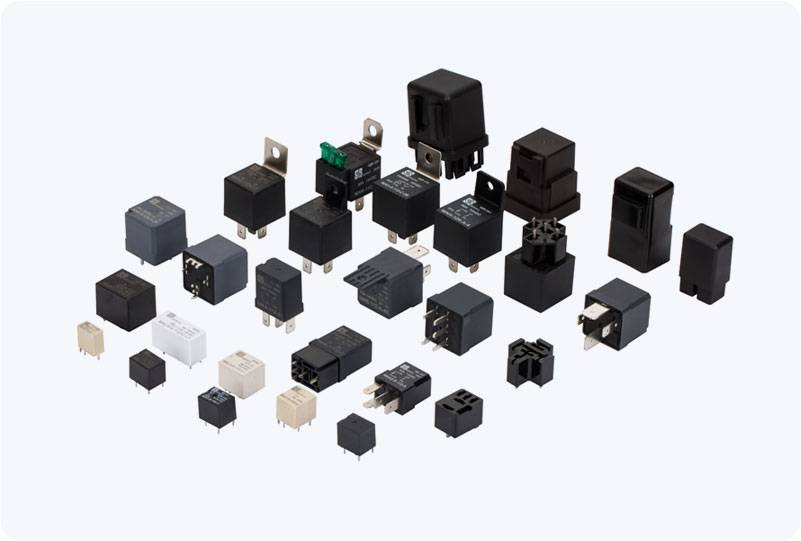Car relays are vital components in modern automobile electrical systems. They function as electronic switches, enabling the control of high-power circuits using low-power signals. These relays come in various types, each serving specific functions, and they play a crucial role in ensuring that vehicles operate smoothly and efficiently. In this article, we will explore the different types of car relays and their respective applications, helping you understand how they contribute to the overall performance of a car’s electrical system.

What is a Car Relay? A car relay is an electromechanical device that uses an electromagnet to control the opening and closing of a set of electrical contacts. When a low-power electrical signal is applied to the relay’s coil, it activates the contacts, allowing the relay to either complete or break a circuit. The ability to control high-power devices with a low-power signal makes relays indispensable in automotive applications, where large currents are often needed to power components like headlights, horns, and motors. Common Types of Car Relays Single Pole Single Throw (SPST) Relay The SPST relay is the simplest and most commonly used type. It features a single switch that either connects or disconnects two terminals, making it a “single throw” switch. This relay is typically used for simple applications, such as controlling headlights, where the goal is to either turn the circuit on or off. It operates through a single contact that opens when the relay is not energized and closes when it is.
Leave a Reply